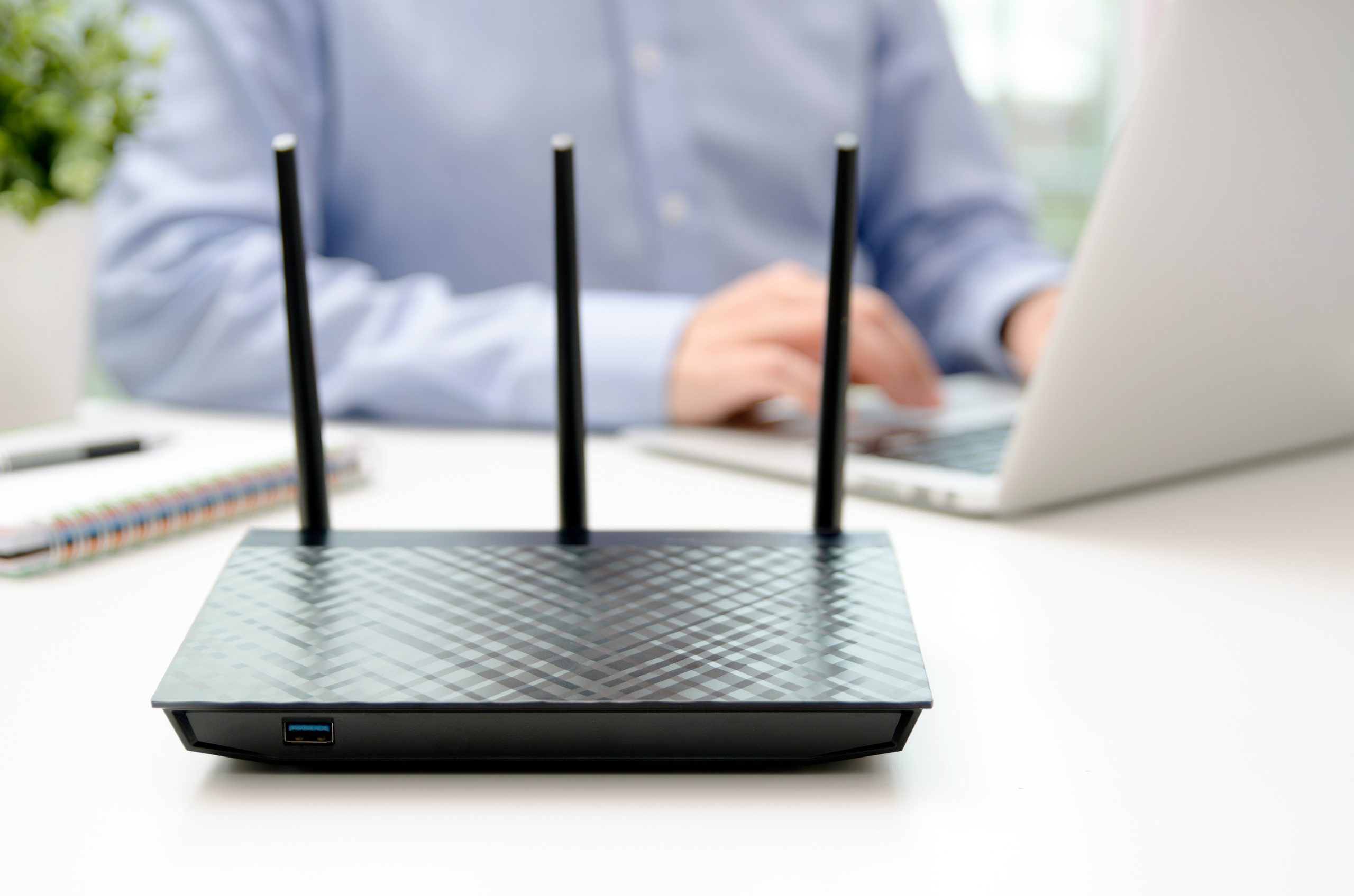Do you know how many different devices are connected to your network at a given time? It’s most likely more than you had just a few years ago.
Two factors that have increased the number of endpoints on a business network are:
- The rise in mobile devices being used for business processes
- The increase in IoT technology
By 2023, there is projected to be 29.3 billion networked devices worldwide, an increase of more than 59% from 2018.
As the number of internet-connected devices increases, so does the demand on a business network. One more demand thrown into the mix is the rise in use of cloud applications.
Many employees in Charlotte offices now need unhindered, all-day access to multiple cloud business apps (that use bandwidth to send and receive data). Companies looking to improve business continuity have adopted VoIP phone systems along with other cloud tools that can be accessed from anywhere.
Some networks are buckling under the strain of all this increased traffic. This shows up in the form of things like:
- Frozen video calls
- Backups that seem to stall
- Incomplete data transfers
- Inconsistent internet speed and quality
Wouldn’t it be nice if you could tell your router which internet needs were the most important so it would ensure those had the bandwidth they needed?
It’s possible to organize and prioritize your bandwidth through a router feature called Quality of Service (QoS).
What Does Quality of Service Do?
Many Wi-Fi routers have a setting that allows the set up of what’s known as Quality of Service, or QoS, rules. These rules tell the router how you’d like your internet bandwidth allocated.
QoS is a way to designate your most important activities as “high priority” so they’ll receive the bandwidth needed to run them properly. You can also designate lower priority apps and devices to ensure they don’t take bandwidth that’s needed for a more important process.
For example, if you prioritize your Microsoft Teams app that you use for video conferencing over other activities, it would stop a large download or server backup process from causing freezing issues with your video calls.
Steps for Taking Advantage of QoS
The idea with QoS is to organize your internet traffic so it flows smoothly. Think of it as setting up designated lanes of traffic for different vehicle types.
If all vehicles (emergency vehicles, standard cars, and large trucks) all travel in the same lanes of a highway, then when traffic gets congested everyone is slowed down, including those emergency vehicles.
But if you designate required lanes they have to travel in for each type of traffic, then everyone’s experience is better, and your emergency traffic isn’t impeded by large trucks. That’s the concept you want to use when planning your QoS rules.
Divide Internet Activities/Devices According to Priority
Before you have any QoS rules set up, you want to plan out “on paper” how your bandwidth should be allocated.
You can typically allocate bandwidth priority by:
- Device (using the device’s MAC address)
- Application name
- Activity (i.e. video streaming, web surfing, etc.)
- Ethernet port
You’ll want to categorize your internet use and add a priority to each.
For example, identify your most critical activities that need to run smoothly and not have bandwidth taken from them by another process. This could be things like your VoIP application or your on-premises server activities.
Also identify mid-level processes or applications that aren’t high priority, but still need to run fairly well and consistently. This could be apps like a team messaging software or task manager.
Third, identify applications that are low priority and that are okay to “wait in line” behind another more important process. This may be a video streaming application that’s rarely used for work reasons, but may be used by employees on breaks.
Have QoS Set Up According to Your Plan
It’s important to map the priorities out first before you start having rules put in because you might end up adjusting things once you get all internet activities mapped out.
Each router will differ slightly in how QoS rules are set up, but you can usually set up about 3-4 different priority levels. This allows you to organize your traffic into those lanes, so your “semi-trucks” aren’t getting in the way of your other traffic and your “emergency vehicles” are given the highest priority.
Monitor Bandwidth Usage
Most QoS panels allow you to monitor bandwidth use, so you can see how your QoS rules are working and adjust as needed.
Having your bandwidth use monitored by a professional is also important because we can identify any suspicious traffic that could indicate you have a hacker in your system or are under attack in another way.
Need Help Keeping Your Network Fast, Secure & Reliable?
Your business network is the heart of your entire technology infrastructure. Make sure it’s healthy and running efficiently with network optimization from Rocky Knoll Technologies.
Contact us today to schedule a consultation. Call 704.594.7292 or reach us online.



